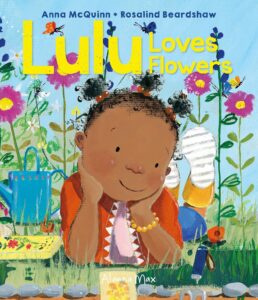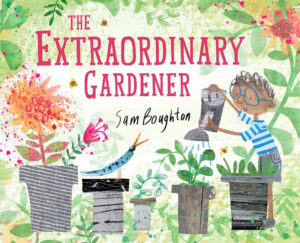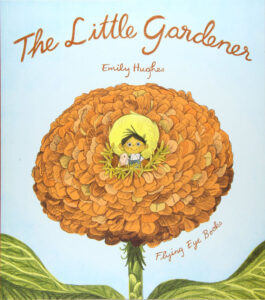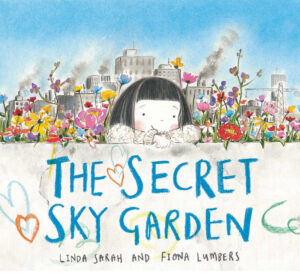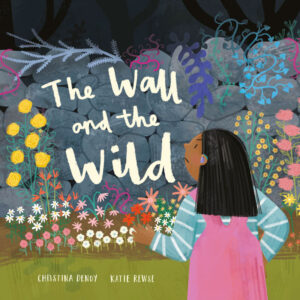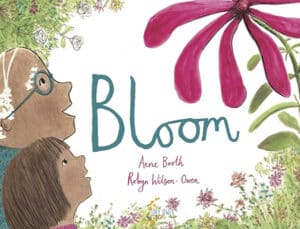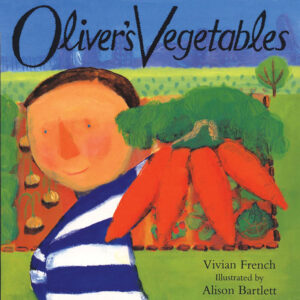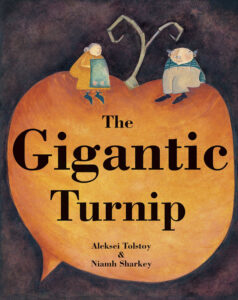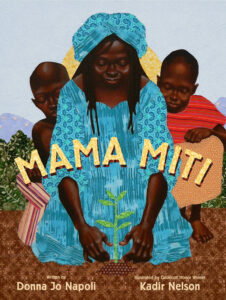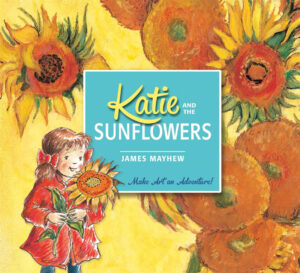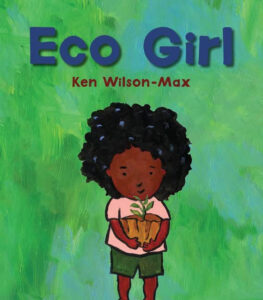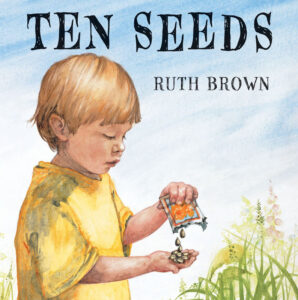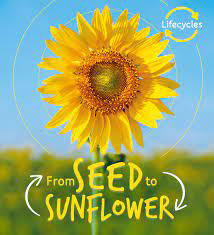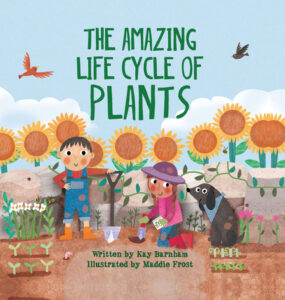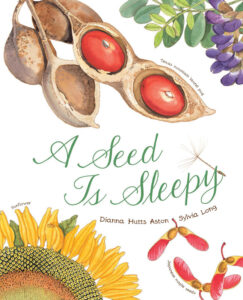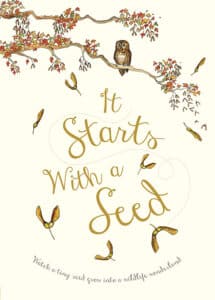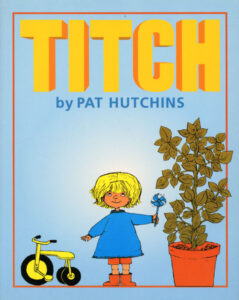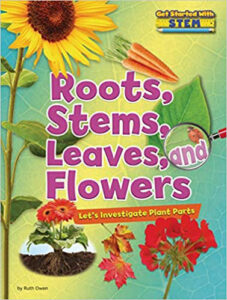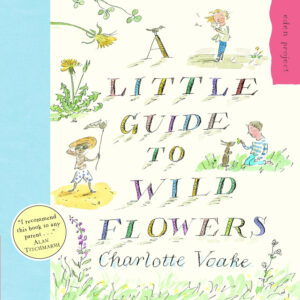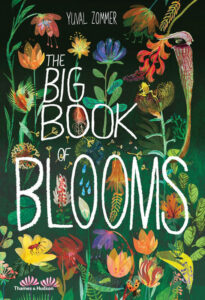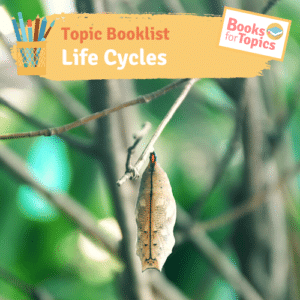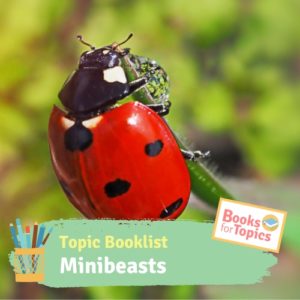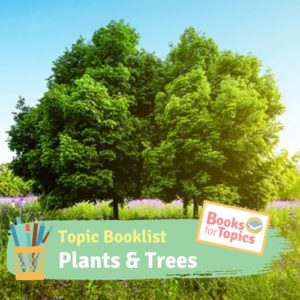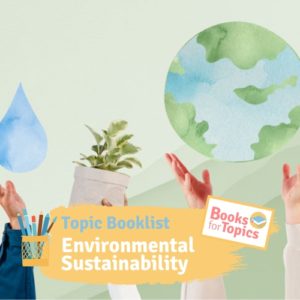Best Children’s Books about Growing Plants and Gardening
There is nothing quite so magical as the process of watching a plant grow – from seeds and shoots to leaves and flowers. Learning about growing plants is part of the Science curriculum in primary schools, with children learning to name local wildflowers and trees, exploring the functions of different parts of a plant and investigating what plants need to grow and thrive.
We’ve put together a list of recommended books to support the topic of growing plants at KS1 and EYFS, covering everything from seed dispersal and life cycles to edible plant parts and activities for green-fingered budding gardeners. From stories about gardening like Lulu Loves Flowers and Oliver’s Vegetables, to beautifully illustrated non-fiction choices like The Big Book of Blooms, this booklist provides a handpicked selection of the best children’s books about growing plants.
NB: This selection of stories about growing plants is aimed at children aged 4-7. If you are looking for books for older children, try our KS2 Plants and Trees list.








